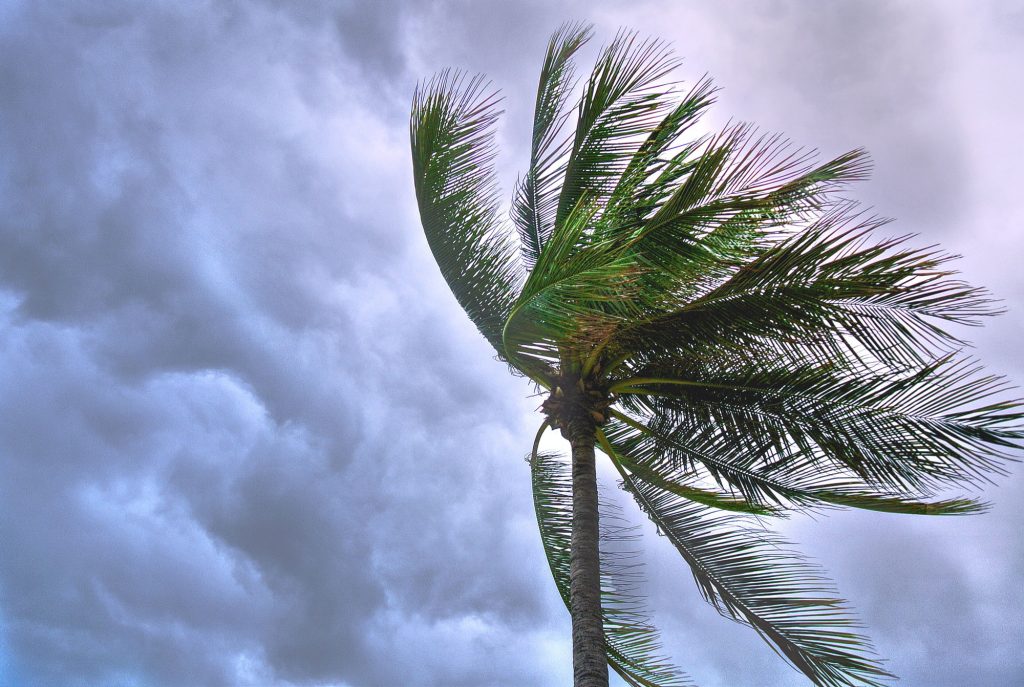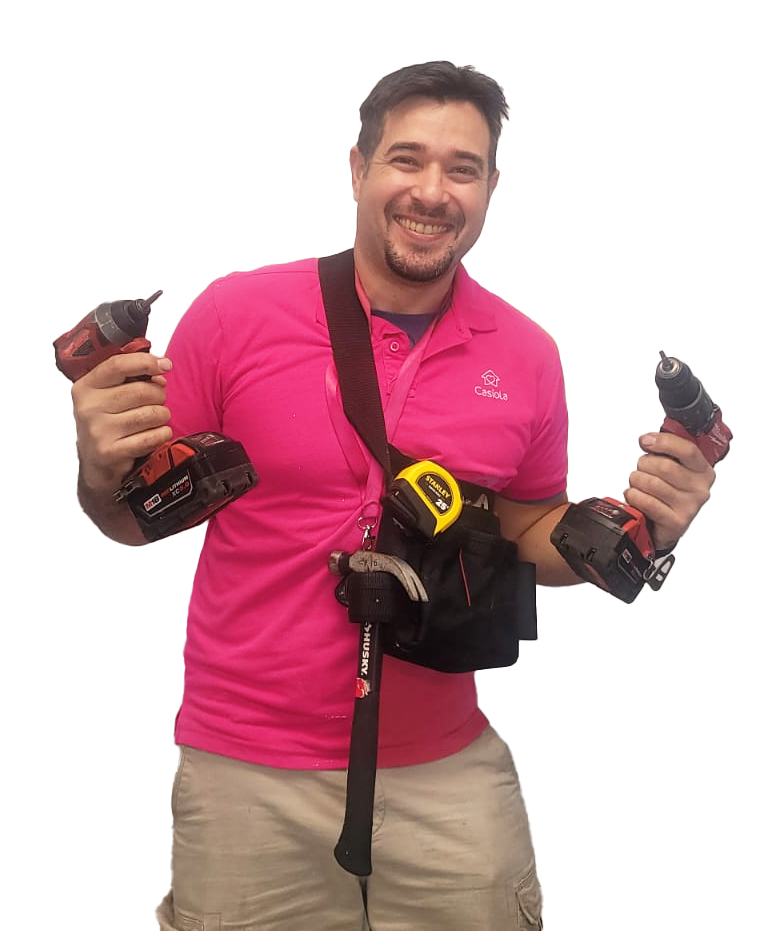Hurricanes in Orlando

When in a Watch area
- Listen frequently to radio, TV or online at weather.gov for bulletins of a storm’s progress
- Fuel and service your vehicles
- Board up windows in case the storm moves quickly and you have to evacuate
- Stock up on batteries, food that will keep, first aid supplies, drinking water, and medications
- Store lawn furniture and other loose, light-weight objects, such as garbage cans and garden tools
- Have cash on hand in case power goes out and ATMs don’t work
Dennis – Ceo & Founder
When in a Warning area
- Closely monitor radio, TV or online at weather.gov for official bulletins
- Close storm shutters
- Follow instructions issued by local officials. Leave immediately if ordered!
- If evacuating, leave as soon as possible. Stay with friends or relatives, at a low-rise inland motel or at a designated public shelter outside the flood zone.
- DO NOT stay in a mobile or manufactured home.
- Notify neighbors and a family member outside of the warned area of your evacuation plans
- Take pets with you if possible, but remember, most public shelters do not allow pets other than those used by the handicapped. Identify pet-friendly motels along your evacuation route


If Staying in a Home
- Turn refrigerator to maximum cold and keep closed
- Turn off utilities if told to do so by authorities
- Turn off propane tanks
- Unplug small appliances
- Fill bathtub and large containers with water in case tap water is unavailable. Use water in bathtubs for cleaning and flushing only. Do NOT drink it
If Winds Become Strong
- Stay away from windows and doors, even if they are covered. Take refuge in a small interior room, closet or hallway
- Close all interior doors. Secure and brace external doors
- If you are in a two story house, go to an interior 1st floor room
- If you are in a multi-story building and away from water, go to the 1st or 2nd floor and stay in the halls or other interior rooms away from windows.
- Lie on the floor under a table or other sturdy object

Be Alert For
- Tornadoes: they are often spawned by hurricanes
- The calm “eye” of the storm. It may seem like the storm is over but after the eye passes, the winds will change direction and quickly return to hurricane force

After the Storm
- Keep listening to radio, TV or NOAA Weather Radio
- Wait until an area is declared safe before entering
- Watch for closed roads. If you come upon a barricade or a flooded road, Turn Around Don’t Drown!
- Avoid weakened bridges and washed out roads
- Stay on firm ground. Moving water only 6 inches deep can sweep you off your feet. Standing water may be electrically charged from power lines.
- Once home, check gas, water and electrical lines and appliances for damage
- Use a flashlight to inspect for damage. Never use candles and other open flames indoors.
- Do not drink or prepare food with tap water until officials say it is safe
Rodrigo – Maintenance
Hurricane Watch
Hurricane conditions are possible within the specified coastal area. Because hurricane preparedness activities become difficult once winds reach tropical storm force, the hurricane watch is issued 48 hours in advance of the anticipated onset of tropical-storm-force winds.
Hurricane Warning
Hurricane conditions are expected in the specified area of the warning. Because hurricane preparedness activities become difficult once winds reach tropical storm force, the hurricane warning is issued 36 hours in advance of the anticipated onset of tropical-storm-force winds.
Tropical Storm Watches and Warnings
Take these alerts seriously. Although Tropical Storms have lower wind speeds than hurricanes, They often bring life-threatening flooding and dangerous winds. Take precautions!
Your safety is our #1 priority
Your safety is our #1 priority so we encourage you to download the PDF version of this document to your mobile device and/or desktop for easy access in the event of a power outage.



